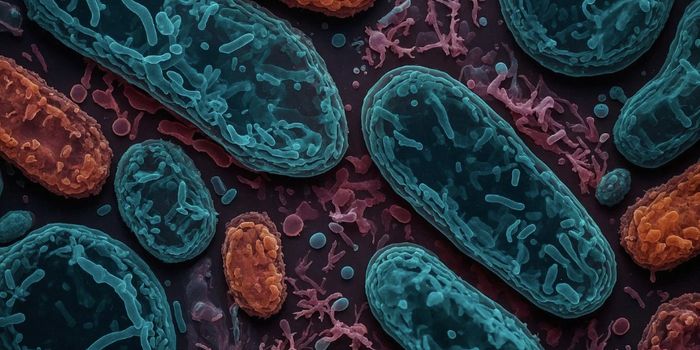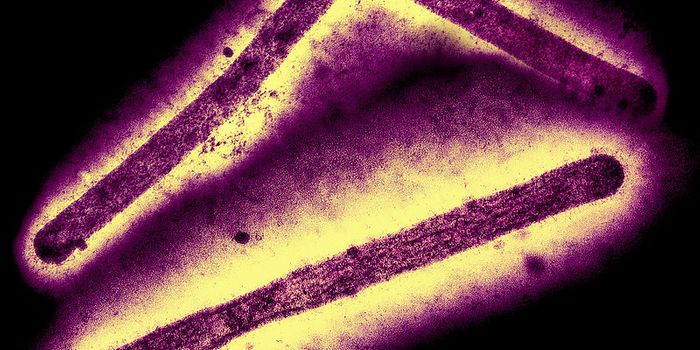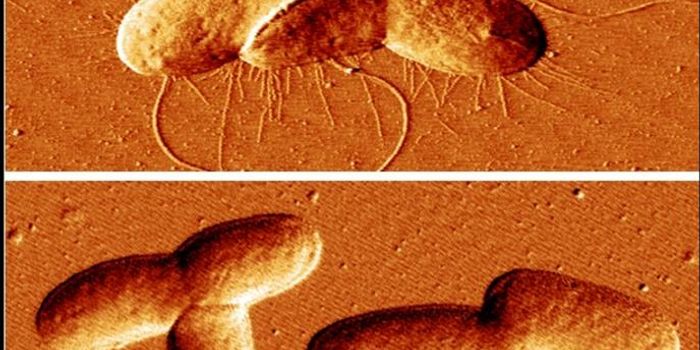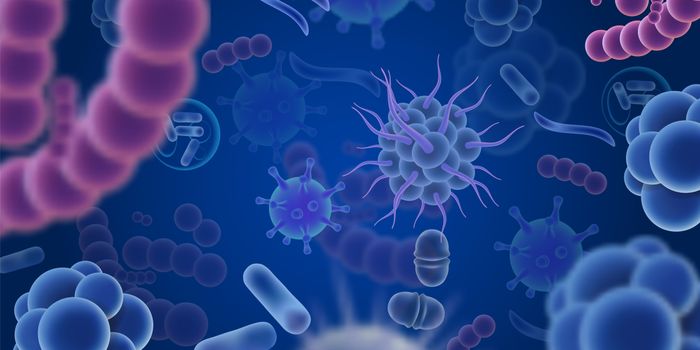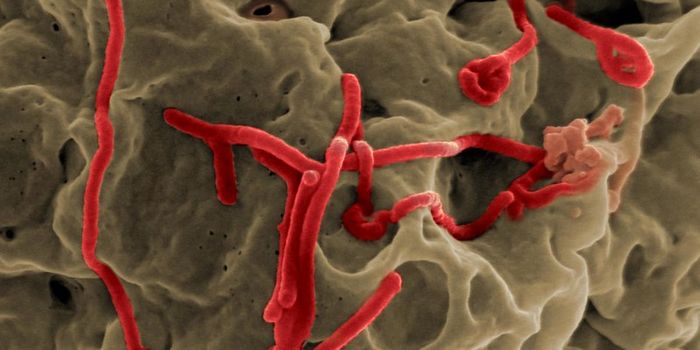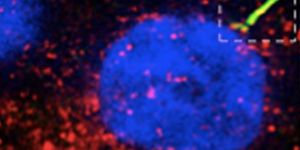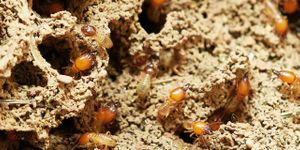Using Yeast Cells to Make a Cancer Treatment
Vinblastine and vincristine are both common chemotherapies that are used to treat several types of cancer. The drugs stop cancer cells from dividing. Vinblastine is derived from compounds called vindoline and catharanthine that were first isolated from the leaves of a common Madagascar periwinkle plant called Catharanthus roseus. A huge amount of dried leaves is needed to generate small quantities of vinblastine - over 2000 kilograms of leaves can produce about one gram of the drug. Supplies of the drugs were disrupted in 2019, and some patients were unable to receive all of their doses. These disruptions were mostly due to shortages or delays in the supply of the dried leaves.
Scientists have now purified the two compounds that are used to make vinblastine, and have also genetically engineered strains of yeast that can produce vindoline and catharanthine. This totally new method of producing vinblastine and vincristine has been reported in Nature.
The researchers suggested that this new approach may offer a novel way to attain important drugs that won't be impacted by problems like crop disease, pests, or natural disasters. Baker's yeast, which was used in this work, only require sugars and amino acids to make the compounds.
"In the past few years, we have seen several incidences of shortage of these drugs in the market. They are occurring more often and will most likely reoccur in the future. Of course, we envision establishing new supply chains for these and other molecules. This result is a proof-of-concept, and there is still a long way to go in terms of upscaling and further optimizing the cell factory to produce the ingredients in a cost-effective way," noted lead study author and Senior Researcher at DTU Biosustain, Jie Zhang.
This research involves the longest biosynthetic pathway ever successfully added to a microbial cell, creating a tiny drug assembly line. The researchers edited the baker's yeast genome 56 times to recreate a biosynthetic pathway with 31 steps in the cells.
More research will be needed, but the scientists are hopeful that this platform can be scaled up and could also be used to generate over 3,000 naturally occurring monoterpene indole alkaloids (MIAs), and others that will be discovered in the future. MIAs are often biologically active, and might hold promise for treating disease. They are challenging to create with synthetic methods, however; this study shows that there are ways to overcome those challenges.
"The metabolic pathway that we constructed in yeast is the longest biosynthetic pathway that has ever been reconstituted in a microorganism," said corresponding study author Jay D. Keasling, Professor of Chemical & Biomolecular Engineering at the University of California, Berkeley and Scientific Director at DTU Biosustain.
Keasling added that engineered yeast can increase supply and reduce cost for consumers. This production method is also environmentally friendly since plants that are sometimes rare are no longer required.
In 2003, Keasling engineered E. coli bacteria to generate a compound that is a precursor to an anti-malarial drug, then later introduced the pathway for the compound into yeast cells.
Sources: Technical University of Denmark, Nature


